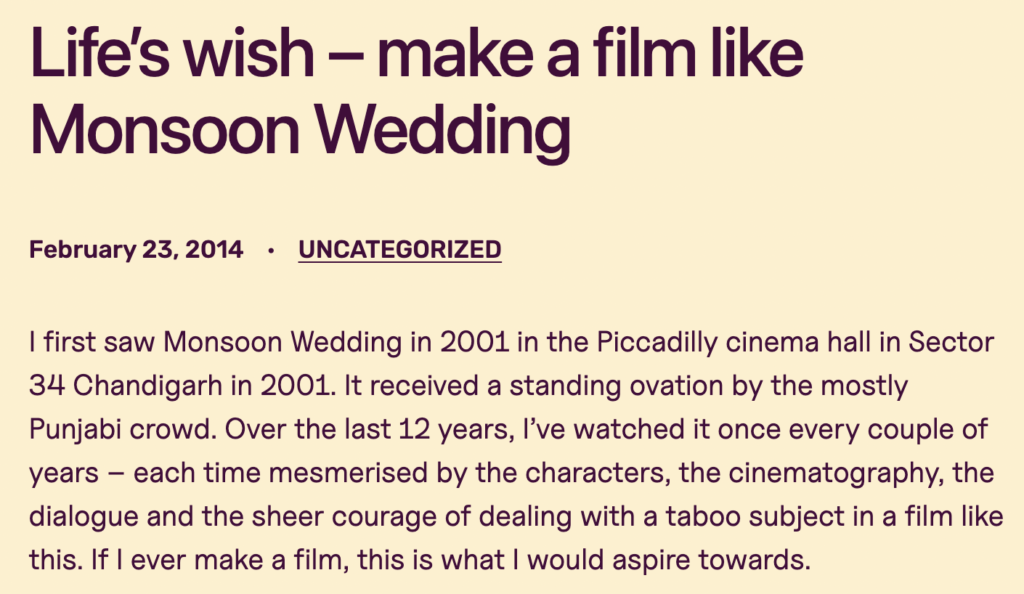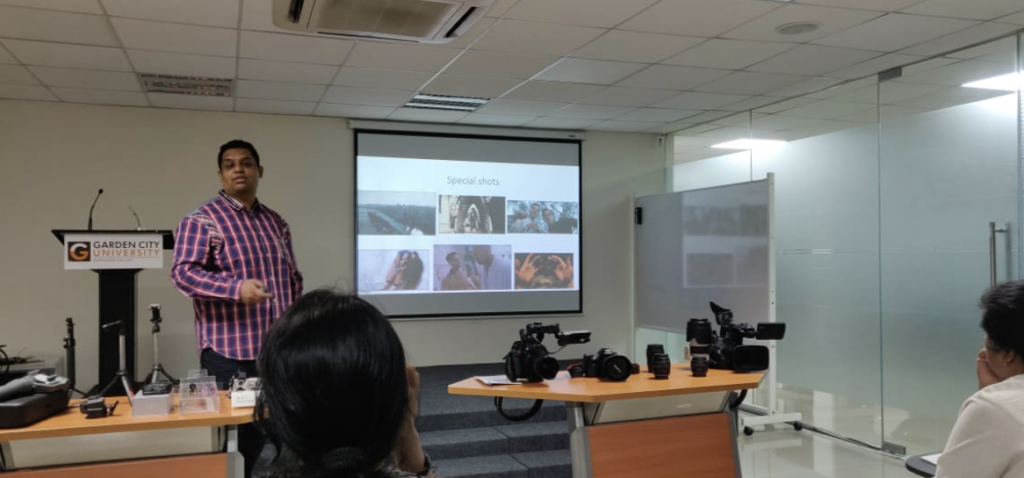TLDR – Ran a film club in college, only other interest apart from entrepreneurship.
After selling my company to Amazon in August 2018, I wanted to start up again. But the heart yearns for the opposite of what one has done in the past. A bootstrapped founder wants to raise money. A funded one dreams of owning 100% of his company. And that shows that there is no great, rational answer to these question.
Since we had raised from Sequoia, Ru-Net, Amex and some top angels (see my post here about the Tapzo and its acquisition), I had seen the VC world closely. While we were lucky in many ways, the memo hadn’t reached my heart.
Like most second-time founders, I was also scared of not finding a PMF. Contrary to what it seems like, the experience of the second-time founder comes in handy only after one finds PMF – before that, things are as random as they are for a first-time founder. The experience of the founder becomes a curse – the problems are too obvious in whichever business he/she explores – too small, too risky, too hot, too cold etc. The first time, usually, the idea selects the founder. The second-time founder, like a person who can’t decide which ice cream flavour to eat, keeps vaccillating (analysis-paralysis). This is without talking about other factors like burnout, relationships frayed under the wear and tear of building a company together and, also, higher expectations from self.
Hence, I was really keen on doing something slightly different – copy Constellation Software. Yes, copy. Acquire SaaS companies in US/Europe, don’t mess with them too much, and aggregate revenue to get to your first $10M ARR. You are thinking Tharsio of SaaS but in 2019, no one had heard of Thrasio or Constellation. Now, everyone’s heard of Thrasio but very few people knew about Constellation in India.
Anyway, why B2B? We had build OneDirect (later sold to GupShup Inc.) and seen how B2B SaaS businesses work. Slowly and steadily, we had reached $2.5M ARR in India alone – for those who have sold SaaS in India know that it is no mean task. Our mistake was that we never focussed properly on selling outside India. And the fact that the PMF was average didn’t help. Hence, the Constellation approach – buy multiple PMFs and that too outside-India (the heart feels that whatever one has not done is the answer to one’s problems!).
As I studied the model more (I want to make the Berkshire of software – since then, a positioning taken by Andrew Wilkinson of Tiny and now it seems more like a buzzword), I felt that I would have to shift to the US to do this. Heart didn’t agree. Life in India is too good.
Hence, I put the idea on hold (after coming close to acquiring a US-based SaaS company with about $300K ARR in the same space as Twilio).
Meanwhile, I was exploring other things as well because of a 3-year lock-in at Amazon. I did an online course in non-fiction writing from Stanford but left it midway. I studied D2C brands and came close to doing something in athleisure space, but the heart wasn’t in it. I also did a value investing course at Flames University, Pune (thinking that like Mohnish Pabrai, I could switch from entrepreneurship to investing), only to realise that I had neither the aptitude nor the temperament for investing.
I was at a loose end and being a pain in the ass for my wife (who was not used to seeing me like that). She (a published novelist – Best Intentions by HarperCollins) came across a cinematography lecture in Bangalore and pushed me to go.
Back in 2004-07, I had run, along with fellow film aficionados, a film club in law school. No one wanted to watch the films we screened (French New Wave, Italian neo-realism, Westerns from the 60s). Once we played Amitabh Bachchan hits to full houses, just to get some traction going. But it didn’t last. Our next screening (of a French film) was a flop.
While the film club was mainly a failure, over those 3-4 years, I had done the equivalent of an FTII (Film and Television Institute of India) 6-month film appreciation course, without knowing it.
So when I went to the cinematography lecture in 2019, the old love for cinema came back. Before that, once in a while, after re-watching a great film like Monsoon Wedding or Whiplash, I would flirt with the notion – what would it be like to make something so great… But not in this lifetime – for a non-creative person like me.


There was another psychological angle to all this as well – with Tapzo (not so much with Helpchat and Akosha), I was proud of the app we had built – it was well-loved and kind of a thing of beauty – if not in design, in functionality, at least. Like, we went really deep in solving particular use-cases, customer-backwards. Post the acquisition, the app was shut and so many years of hard work was gone – overnight. Like the app never existed. That’s it. Irrational as it is, I took that personally – you exchanged your life’s work for money (from Amazon) but then the work doesn’t exist anymore (well, it does exist, but in the Amazon Pay backend). With film, it’s different – a good film has a Lindy effect (and you can recover from a bad film, by learning and then making a good film).
The tough bit
From June 2019, the journey started – from changing myself from an entrepreneur to a filmmaker. From left brained to right brained (or at least more balanced). From numbers to feelings. From intensity of execution to observing things around me. From external ambition to an internal striving for excellence. From a multi-player game to a single player game.
From that cinematography lecture, I went on to do a 8-weekend filmmaking course at Institute of Moving Images (it doesn’t have a campus). It’s run by Pankaj Roy (a man who taught 8 hours classes non-stop with much fervour, and a strong emphasis on the fundamentals of cinema) and perhaps, the only option for middle-aged learners. Apart from that, multiple online courses during Covid (especially by Satyanshu Singh), really helped as well.
It’s been a tough transition and I wouldn’t recommend mid-career change to anyone. All the earlier compounding stops (the insane 10-year entrepreneurial ride’s big benefits were not really applicable to film). You start again, from the bottom, like a beginner. And it can feel like shit – dent your confidence etc. etc.
Arthur Schopenhaur’s has a beautiful quote – “A man can do what he wants, but not want what he wants”. I think he means that we can actually do what we want, but we cannot choose (or want) what we want, and in this sense we are not free – what we want is determined by our nature, disposition or programmed into us.
If the heart wants to make a film (+ not live in the US + not raise money), what can the mind do? 🙂
Making a film is fucking difficult
The entitlement / experience of the startup journey and struggle made me believe that making a good film would be easy (for me). But in hindsight, it feels obvious, that making a good film is extremely hard (too many variables, too much dependency on freelancers who like iterant travellers, who each join the director for a short part of the journey, misaligned incentives, and the tangible rarity of a good script).
I’ll talk about the journey of making my debut feature film, Ghich Pich, in another post.
As I was figuring out how to market my film using influencers, I decided to solve this problem for other filmmakers too – and started Stir – an influencer marketplace – more on that also later.
Leave a Reply